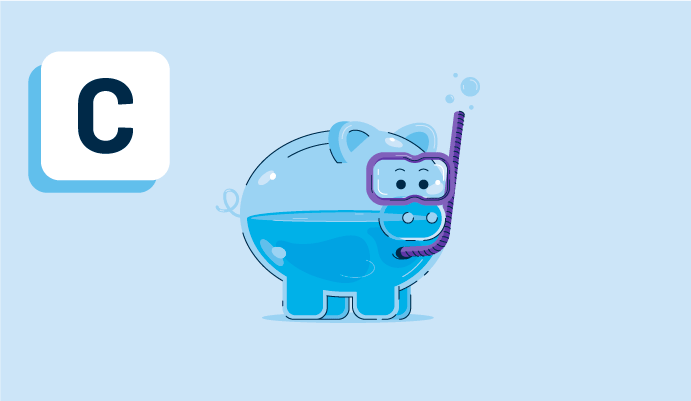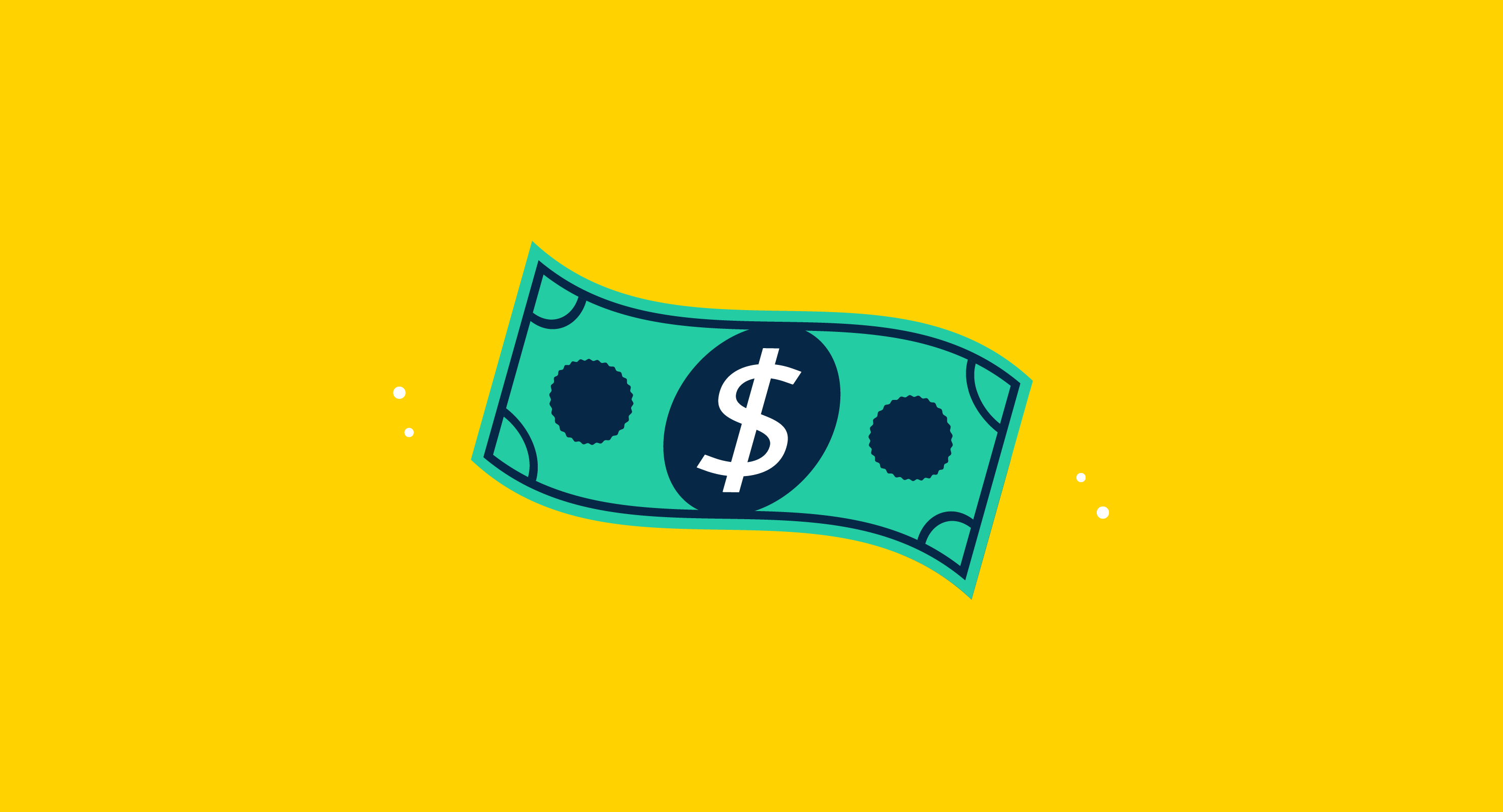What are current assets?
Current assets, also known as current accounts, are short-term soluble assets owned by a company that can be sold, consumed, or converted into cash within a year. Evaluating a company's current assets sets a clear framework for stakeholders to operate their investments appropriately and manage their funding margins with maximum transparency.
Current assets measure a company's financial liquidity and indicate the probability of long-term market survival. Some non-strategic small businesses liquidate their existing assets by joining another company or going out of business. Current assets equal the total flexible revenue of a company to fund its day-to-day business operations and pay ongoing outstandings.
Integrating viable accounting software into the existing enterprise resource planning (ERP) stack helps companies monitor necessary payments, track invoices, and log online transactions to automate and scale the financial bookkeeping.
Example of current assets
A company's current assets are presented in the asset section of a company's balance sheet. For example, if XYZ person operates an e-design company from home, their current assets will be:
- Cash from sales
- Checking and savings
- Mutual funds
- Business development funds
- Income tax
- Prepaid expenses
Since the company sells designs online, inventory prepayments for an accounting cycle will be zero. Also, because of XYZ's home-bound services, prepaid expenses (the amount due shortly) won't include rent or office maintenance charges.
However, the company's balance sheet will consist of other current assets such as insurance premiums, candidate committees, and income taxes.
What are the types of current assets?
Current assets are a subset of a company's total assets. Many financial experts mistakenly think of current assets as tangible assets, but they aren't. Total assets are the sum of the total number of depreciating assets (fixed assets), quarterly reinforcements (revenue generated in a quarter), current assets, and intangible assets (trademarks or patents).
Current assets are an essential part of a company's revenue generation strategy. They're the only convertible source of income for the entire employee, customer, and vendor base.
Here's a list of current assets crucial for a company:
- Cash and cash equivalents: A company with maximum cash flex is highly liquid. Cash or working capital is the highest measure of its inveterate growth. A company's accrued expenses can determine long-term economic profit or international business expansions. Having a substantial amount of cash or deposits with earlier maturity (90 days before) promotes brand value, trust, and reliability in the eyes of potential investors or partners. These assets can include checking and savings accounts, certificates of deposit, paper money, or financial statements.
- Marketable securities: These are a flexible form of current assets liquidated within a year of investment. US Treasury bills or money market funds are an example of marketable securities easily traded for monetary requirements within a year, adding up to the overall current asset acquisition. US Treasury bills are debt instruments that mature soon and can be converted into cash from bearer securities to accomplish business goals.
- Accounts receivable: These accounts relate to an entity's customers or vendors who have used its services for a specific period but on credit. The value of total accounts receivable is listed on a company's balance sheet and includes invoices that clients need to remit within a one-year time frame. Note that accounts receivable are the flip end of doubtful debts, which refers to the client's lack of guarantee to pay off necessary debts.
- Inventory: Inventories that can be cleared from store shelves and cashed within a year of production are current assets. Raw materials, work-in-process goods, and finished goods can also be counted as current assets. Companies using the just-in-time (JIT) strategy send an advance notice of required supplies to manufacture goods instantly upon receiving consumer orders. The continuous lower inventory levels, in this case, are highly convertible and boost working capital procurement.
- Supplies: For a company, current asset supplies are renewable resources that can be valued until they're used. Once they perish, they are turned into liabilities. In some cases, current asset supplies can also be of a specific dollar value if they're high in demand.
- Prepaid expenses: These are possible services or dues that a company pays in advance to free up its capital for other uses. Prepaid expenses include deferred tax payables, insurance premiums, and other assets dissolved within a year of a subscription agreement. These investments help stabilize the company's cash flow and secure its future from potential hazards.
- Exchange fund security (EFT): Exchange fund security is liquid assets like stocks, bonds, and other collaterals that can be listed on the stock exchange for monetary returns. They are also a part of equity financing to structure short-term investment strategies. EFTs can be easily liquidated within a year or business cycle, keeping in mind the risks per market.
- Other assets (infrastructure and rent): Office supplies like infrastructure and rent are also current assets as the capital for these is computed beforehand. Valuing additional assets frees up the organization's acquired revenue and shapes a company's work culture to ensure maximum productivity.
Current assets formula
Current asset entries are recorded on a company's balance sheet. The net amount for these is calculated by adding the abovementioned components in descending order of liquidity. Cash, the most liquid form of current assets, is listed first.
Cash investments are marked as a second entry on the balance sheet. These highly monetizing assets are crucial to corporate finance and help acquire generous investment capital.
Current assets = C (Cash) + CE (Cash equivalent) + AR (Accounts receivable) + Other receivables + Inventory + Prepaid expenses
Other than current assets, the balance sheet includes fixed assets (tangible and intangible), current liabilities, and stockholders' equity as counterparts.
What golden ratios are used for a company's valuation?
Current assets are critical in determining a business' economic strength. A company is valued based on annual revenue turnover, sales turnover, taxable security, intellectual property (copyright and patents), and infrastructure costs. Investors and creditors use the current assets metric to estimate the overall valuation of a company's financial stability and future investment goals.
Here are some golden ratios analyzed by the lenders to determine the fair value of business and multiplication tensor:
Cash ratio
Cash ratio computation analyzes the total cash outflow. This metric helps external stakeholders understand the net deposit and how and where to plan on branching out investments to increase the growth coefficient.
Cash ratio = Cash + Cash equivalents/Current liabilities
Current ratio
The current ratio helps gain maximum transparency about how financially tensile a company is. It is also known as the liquidity ratio, which determines a company's ability to fulfill its short- or long-term debts and payables within a year.
If the numerator (current assets) is less than the denominator (current liabilities), it indicates a company's inefficiency in asset management, making it less reliable for fund investments.
Current ratio = Current assets/Current liabilities
Quick ratio
Also known as acid test ratio, the quick ratio is a litmus test of a company's ability to survive solely on its capital in dense market conditions. It measures how quickly a company liquidates its current fallback assets to prevent any embezzlement without having to sell its entire inventory or obtaining additional financing.
A quick ratio is more conservative than the current ratio, as it averages a company's total assets to its liabilities.
Quick ratio = Cash + CE + Marketable Securities + Accounts recievable/Current liabilities
or
Quick ratio = Current assets - Inventory - Prepaid expenses/Current liabilities
What are current liabilities?
Current liabilities are organizational overheads or short-term loans a company incurs in a standard fiscal year. These are a mix of accounts payable and debt ledgers to other firms rendering services on credit.
If a company's current liabilities exceed current assets, it can become insolvent due to market challenges, and business operations may come to a screeching halt.
What is net working capital?
Net working capital (NWC) is the difference between a company's current assets, such as cash deposits, accounts receivable, and cycle inventory, and current liabilities like accounts payable and credit supply.
It measures a company's financial strength, liquidity, and operating performance. If a company outgrows its current assets, it has a positive net working capital exceeding its scope to grow and invest.
If a company's current liabilities add up to a more significant amount, it may have previous cash backlogs and a lower credit score hampering its growth and profitability. In some cases, low net working capital can also push the company into grave bankruptcy.
Current assets vs. non-current assets
Current assets are company resources that can be easily converted into liquid cash over a year or operating cycle to ensure sustained business growth. These assets support a company's financial health and expense cycles. Investors, third-party vendors, or suppliers always evaluate the current asset percentage of a company's revenue pie to collaborate with them or invest in their shares.
Non-current assets, also known as long-term assets, are long-term investments or illiquid resources that cannot turn into cash within a year of purchase. Long-term assets don't have a fixed maturity term but are equally important in business operations.
A company records the capital expenditure on non-current assets and the current depreciation rate during asset allocation. The asset's useful life, or the years it will be in service, is estimated to calculate its total selling price. The asset's accumulated depreciation amount is subtracted from its selling price during its final auction.
Selling a non-current asset is taxable. Capital gains tax is levied on non-current assets that have been used for one year and sold at a depreciated price. Examples of non-current assets are property, plant, equipment (PP&E), land, and heavy machinery.

Shreya Mattoo
Shreya Mattoo is a Content Marketing Specialist at G2. She completed her Bachelor's in Computer Applications and is now pursuing Master's in Strategy and Leadership from Deakin University. She also holds an Advance Diploma in Business Analytics from NSDC. Her expertise lies in developing content around Augmented Reality, Virtual Reality, Artificial intelligence, Machine Learning, Peer Review Code, and Development Software. She wants to spread awareness for self-assist technologies in the tech community. When not working, she is either jamming out to rock music, reading crime fiction, or channeling her inner chef in the kitchen.


















